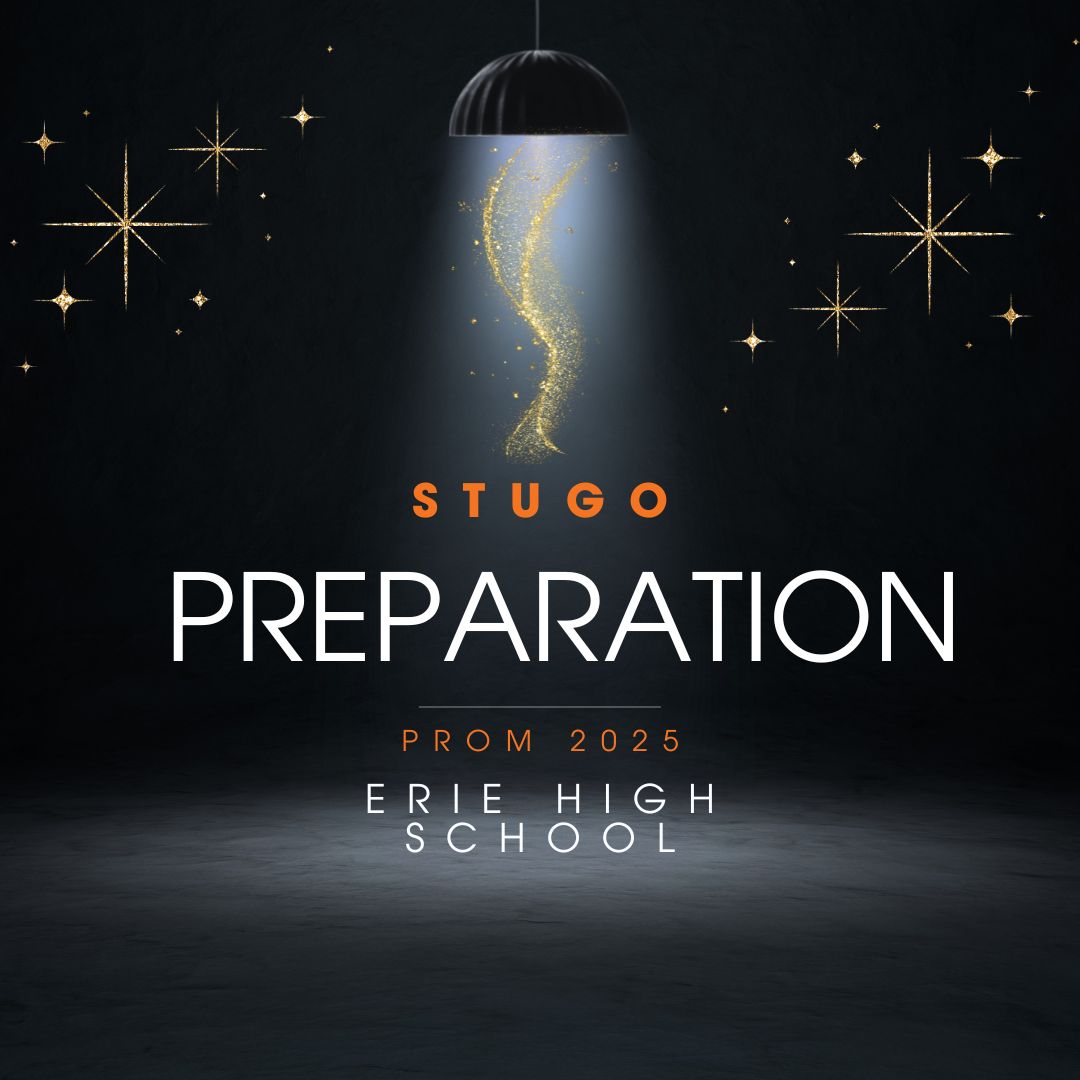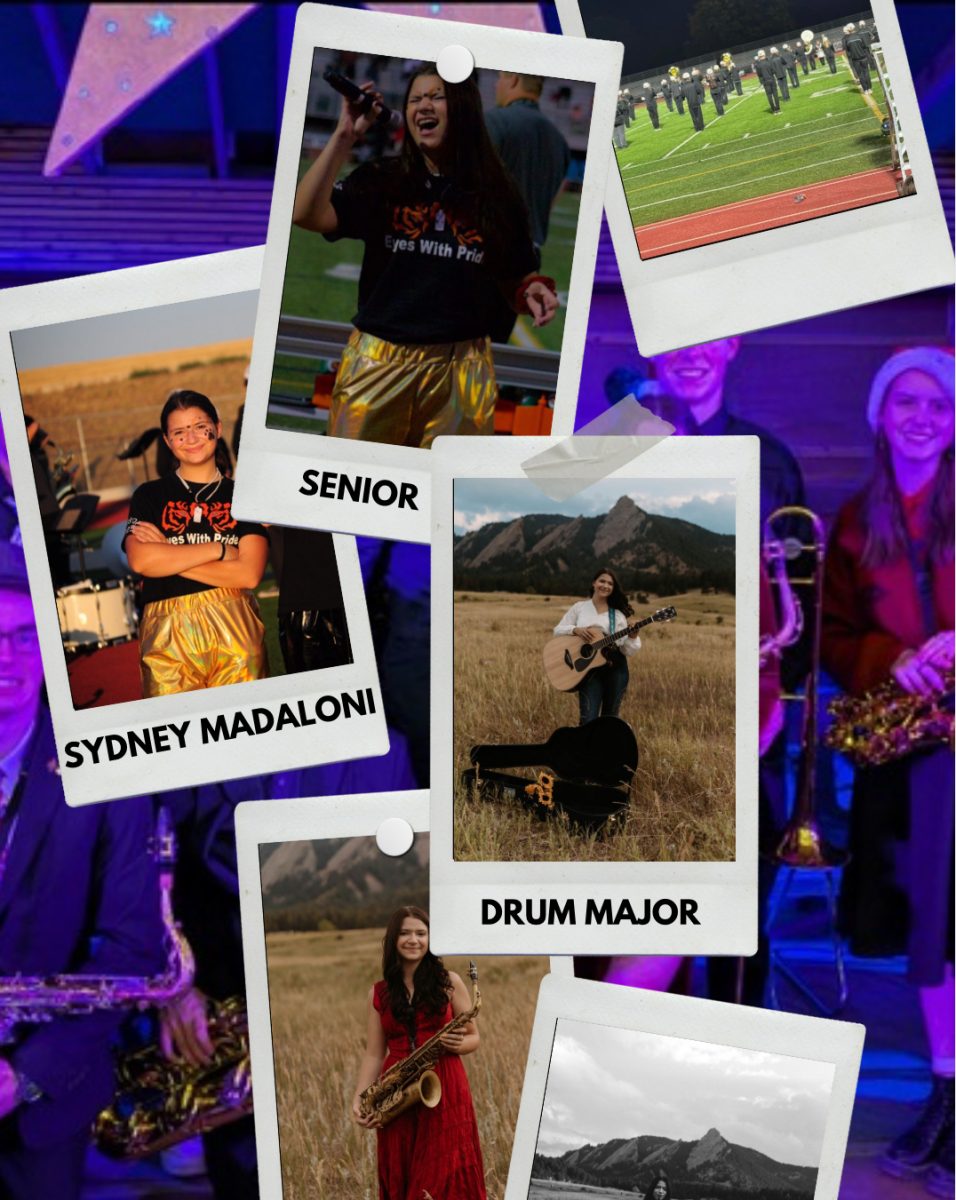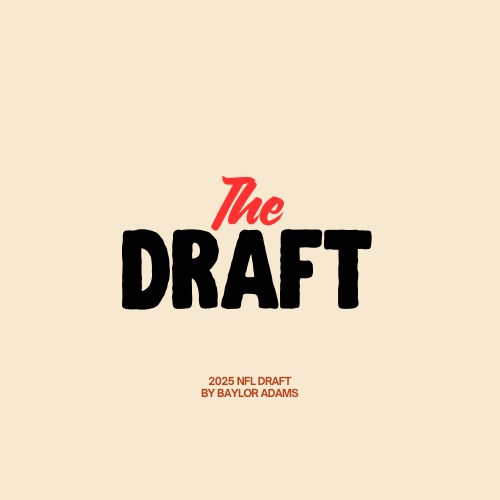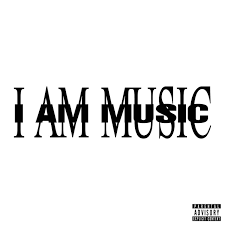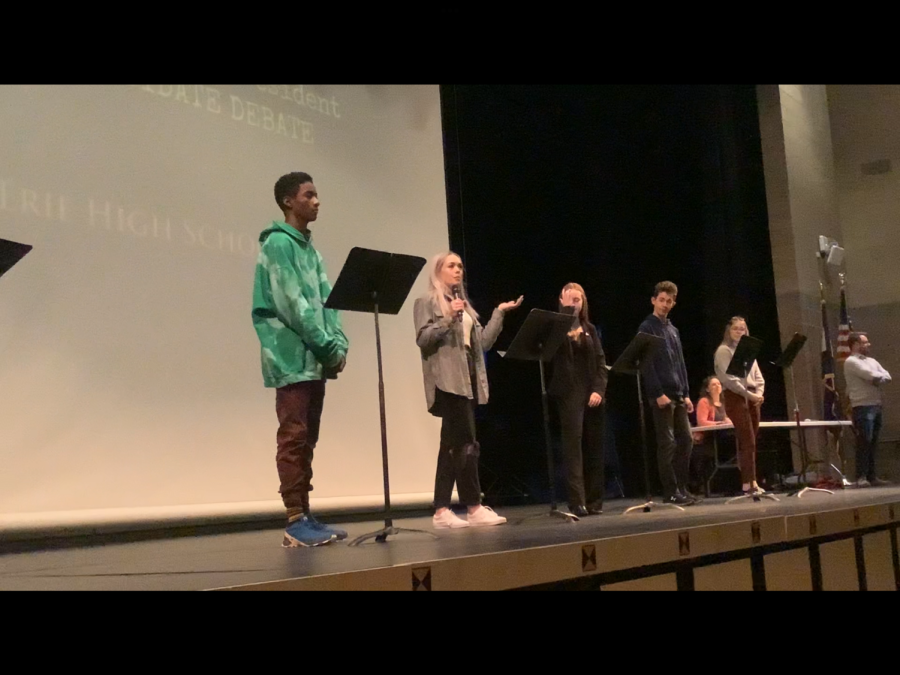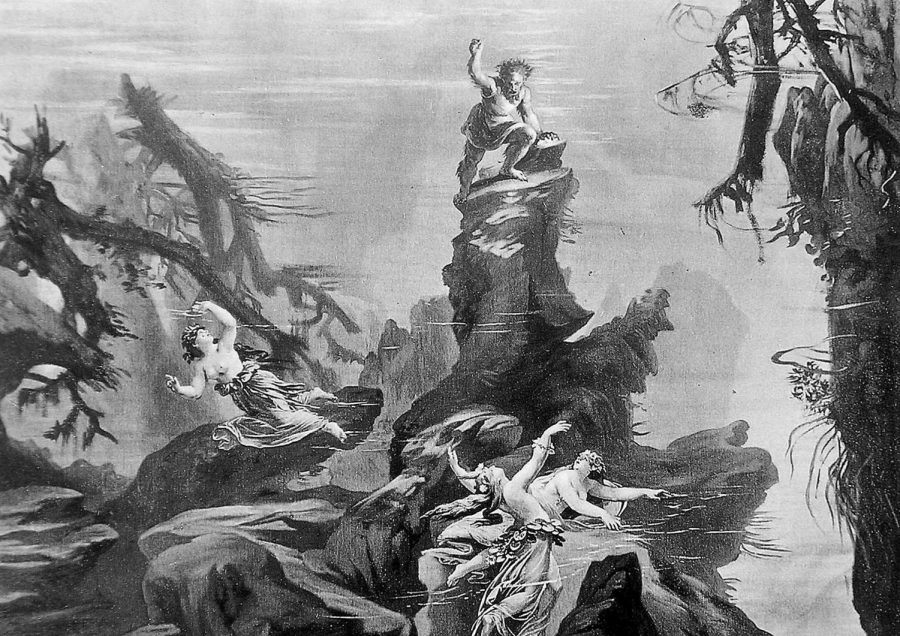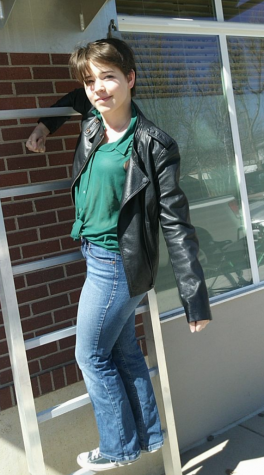The Ring Cycle: an Opera Without Words, Because Why Not?
the music behind the words brings power to an unrecognized and beautiful foundation found in any piece
May 1, 2018
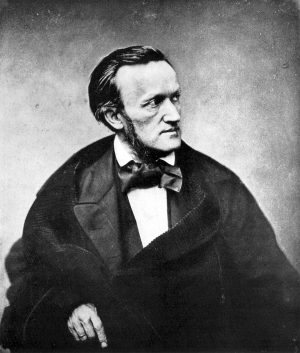
Going to an opera can be one of the most lovely experiences within a lifetime. The music can draw any listener into a cocoon of extraordinaire, surrounded by pulsing notes and rhythms. The Ring Cycle is a collection of four operas telling stories based loosely on Norse legends, giving life to old Gods, magical creatures, and heroes. Each opera has its own climax and resolution, but when combined, they tell a complex and amazing story. The full performance of the cycle is meant to be completed in four days, and the pieces were completed by Richard Wagner, a German composer and conductor known for his “music dramas”, over a course of 26 years.
The cycle itself is massive in length, but also in the immense amount of pieces that must come together to complete it. Holding this opera would be a major feat for any opera house, and an amazing thing to see. Wagner even created three completely new instruments to be played in his cycle: the Wagner tuba, bass trumpet, and contrabass trombone. He also ordered anvils to be hit off-stage as instruments in one of the operas, to signify the dwarves home and professions.
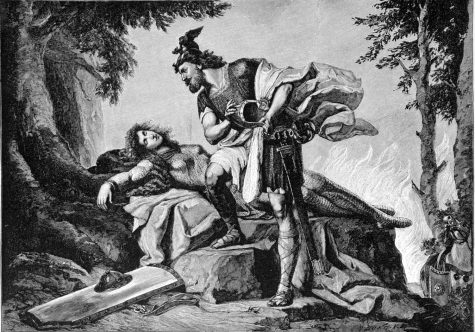
The opera starts with “The Rhinegold”, then comes “Valkyrie”, next is “Siegfried”, and it ends with “Twilight of The Gods”. Three generations of protagonists play through this opera. Over the course of the operas, a gold ring is stolen and the power moves from hand to hand, resembling a loose telling of The Lord of The Ring by J.R.R. Tolkien. Some believe that Tolkien based his stories off of The Ring, or at least used the same base legends and literature for themes, but he has refuted these claims fairly vehemently.
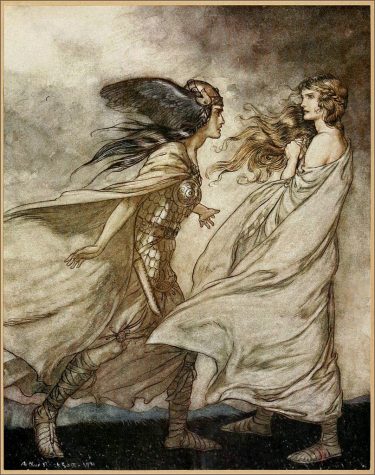
The music from the operas has been condensed into a single symphonic concert deemed The Ring: Without Words. This concert takes elements and themes from each opera to weave a plotline worthy of the entire story’s complexity and wonder.
The conductor starts off by pointing out the major themes within the piece. He allows the band to play different pieces and individually explains the ideas behind each section. Between the pauses, the conductor tells the story, which allows the audience to imagine and follow along with their own dreamt-up characters and battles. The love themes and action scenes are much more easily discerned when pointed out beforehand by the conductor himself, and the meaning of each section of music can be understood by the audience members, which allows those in the audience who are unfamiliar with the operas to grasp the original style and storyline.
The story itself is lovely, and the music that goes along adds to the awe-inspiring sensation. As the characters clash and love and fall within the audience’s’ own minds, the symphonic band plays along weaving their own story. The complexity of the music increases as the story moves and finally ends with a beautiful combination of themes and instrumental prowess, leaving the audience speechless.








